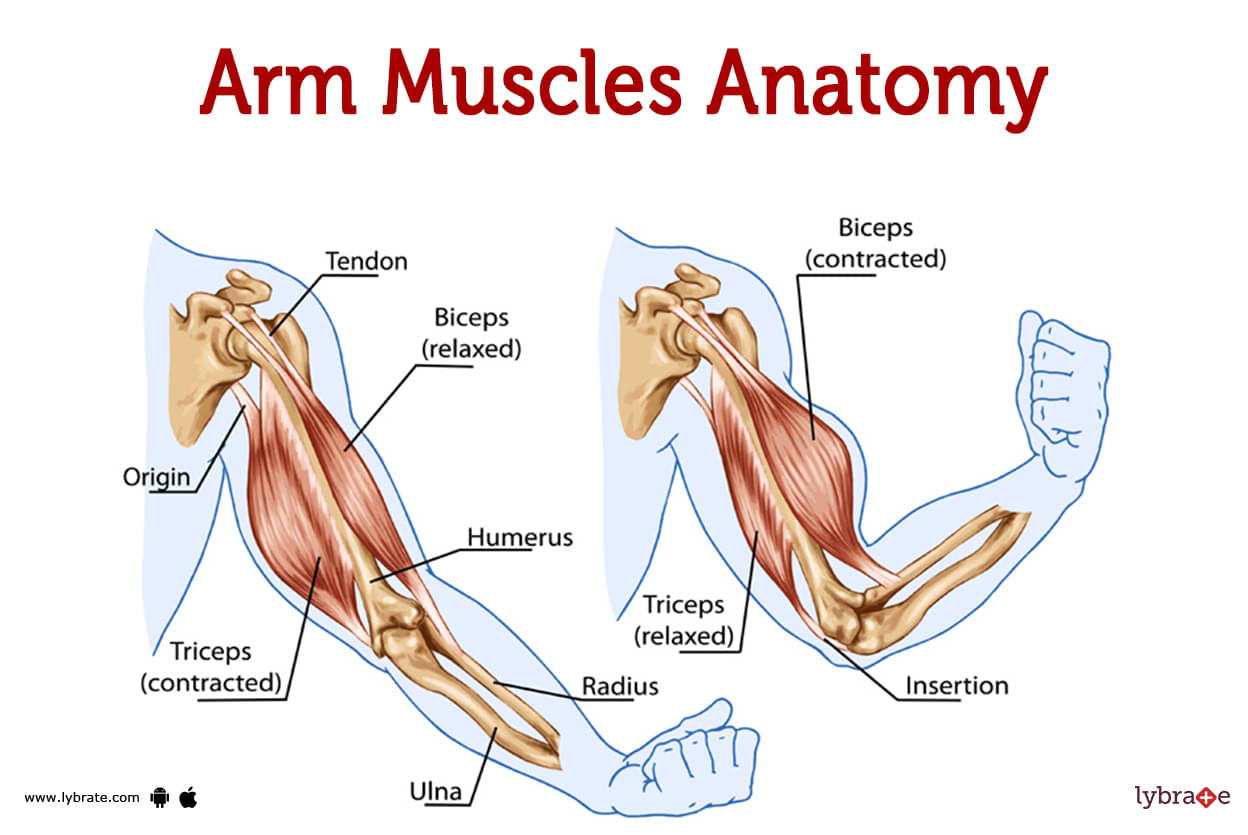Arm-of-The-Sea Puppet Show Explores Saugerties' Papermaking Past

Reviving the Legacy of Saugerties Through Puppets and Performance
In the small village of Saugerties, New York, the rich industrial history of the Esopus Waterfront is being brought to life through a unique theatrical production. Arm-of-the-Sea Theater is presenting “Rags to Riches to Ruin” on July 23 and 30 at 7 p.m. at their Tidewater Center. This performance showcases the story of the village's industrial past, focusing on key figures who shaped its development.
Among the notable individuals highlighted in the show are Henry Barclay and Martin Cantine. Barclay, a paper mill owner, lent his name to the hamlet of Barclay Heights, while Cantine’s legacy lives on through the Cantine Veterans Memorial Complex. This complex features numerous recreational facilities that were donated by Cantine in 1938.
Patrick Wadden, co-founder of Arm-of-the-Sea Theater with Marlena Marallo, has created larger-than-life papier-mâché puppet heads of Barclay, his wife Catharine, and Martin Cantine. The materials used for these puppets are sourced from recycled items, including brown paper bags. This sustainable approach not only reflects the theater's commitment to environmental responsibility but also adds an extra layer of meaning to the performance.
One of the most impressive puppets in the production is Rip Van Winkle, which includes a full torso and is worked by a puppeteer who represents his dog. However, it's important to note that this production does not tell the traditional Rip Van Winkle story. Instead, it focuses on the historical narrative of Saugerties.
The performance is brought to life by a cast of six puppeteers, including members of the theater’s professional touring company and community volunteers. Two musicians provide a live score, playing a variety of instruments ranging from percussion and ukulele to fiddle and modern keyboards. This blend of traditional and contemporary sounds enhances the storytelling experience.
Wadden also showcased additional props that represent steamboats on the Hudson River, such as those operated by the Saugerties Steamboat Company. These boats traveled overnight from the Esopus Creek to New York City, arriving early the next morning. This transportation method played a crucial role in the economic growth of the region.
The venue itself holds historical significance, as it stands on the site where Henry Barclay opened his high-tech paper mill in 1826, just after the Erie Canal was completed. This mill was the first in North America to use the Fourdrinier machine to produce paper on a continuous roll. The mill required power, which Barclay obtained from the water in the Esopus Creek by constructing a dam that still stands near the present-day Diamond Mills hotel.
The Hudson River served as a vital transportation route for Barclay and other industrialists, allowing them to ship products to New York City, the west via the Erie Canal, and beyond. Wadden humorously referred to the river as "our Exit 20 of the time," drawing a parallel to the modern Thruway exit.
The industrial center around the Esopus Creek transformed Saugerties from a few farms and a tavern into the bustling village it is today. At the time, paper was made using linen and cotton rags, with the wood pulp method becoming popular later in the 1900s. In the late 19th century, a hydroelectric power station was built, and its ruins provided a base for a new building that now houses offices and other functions for the theater.
Later in the 19th century, Martin Cantine opened the Martin Cantine Company, a manufacturer of tissue paper. The mills continued to thrive well into the 20th century before eventually declining and closing, leaving behind ruins along the Esopus Creek.
The production has evolved over its first three performances, with new scenes added each time. Production Assistant Monica Jane Smythe, 17, noted that the runtime has grown from about 30 minutes to 50 minutes, encouraging audiences to return for different experiences.
In addition to the main performance, Arm-of-the-Sea Theater will host its Esopus Creek Puppet Suite on August 15, 16, and 17 at 7:15 p.m. Educational activities, such as a stream table that examines how waterways shape landscapes and a fish tank featuring native fish species, are also available.
Smythe, who has been involved with the company for six years, encourages people to take a break from their phones and TVs to experience the live performance. She notes that the event brings together about 100 people each night who might not otherwise interact.
Tickets for “Rags to Riches to Ruin” are on a pay-what-you-can basis, with a $15 suggested donation. This inclusive approach ensures that everyone can enjoy the rich history and artistry of Saugerties.
Post a Comment for "Arm-of-The-Sea Puppet Show Explores Saugerties' Papermaking Past"
Post a Comment